
The history of Kensington
Uncover the milestones that shaped Kensington into the cultural and historical hub it is today.
25 Jan 2024
Uncover the milestones that shaped Kensington into the cultural and historical hub it is today.
25 Jan 2024
Nestled in the heart of Kensington, The Milestone Hotel & Residences stands as a living testament to the rich tapestry of history woven around this enchanting neighbourhood. Each brick and corridor tell a story, echoing the footsteps of centuries past.
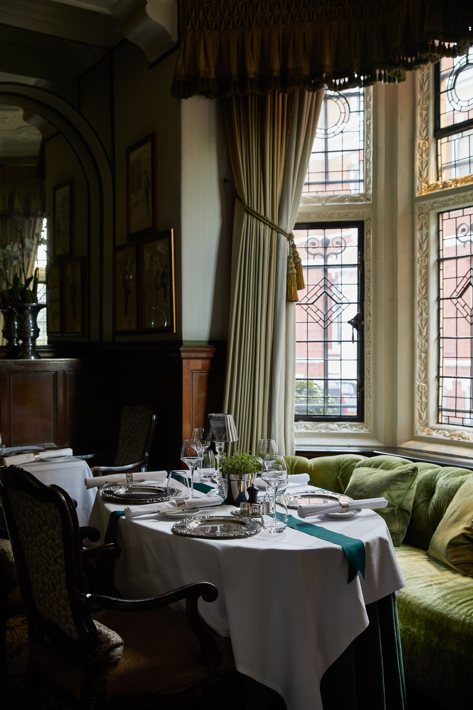
The roots of Kensington date back to ancient records, where the name evolved from Kensintune to Chenesiton. Embracing this history, The Milestone Hotel pays homage to its origins through its fine-dining restaurant, Cheneston's, offering a gastronomic experience that echoes the essence of Kensington's early days.
In 1396, we catch a glimpse of the neighbourhood's evolving identity with the earliest spelling closely resembling Kensington – Kesyngton. This marks a pivotal moment in the nomenclature of the area, setting the stage for the future grandeur that Kensington would come to embody.
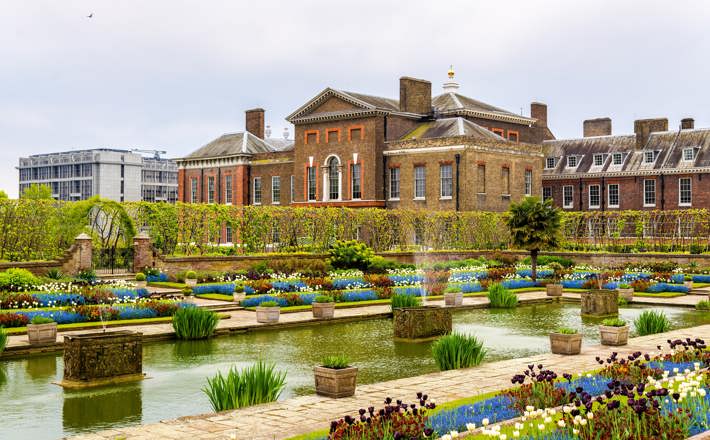
The turning point arrives in 1681 when the second Earl of Nottingham sells Nottingham House to William III and Queen Mary II, sparking the legacy of Kensington Palace as a royal residence. A princely sum of £20,000 exchanged hands (roughly £3.5 million today), and thus began the transformation of Kensington Palace under the skilled hands of renowned architect Christopher Wren.
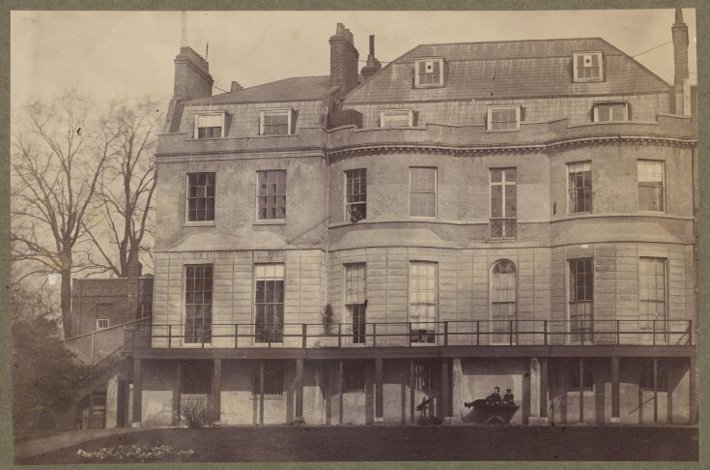
© Exterior view, Gore House, Kensington, from the south, The Victoria & Albert Museum
Gore House, a precursor to the iconic Royal Albert Hall, was built in 1750, laying the foundation for a cultural landmark that would echo through the centuries. Today, the Royal Albert Hall stands as a testament to the enduring spirit of art and performance in Kensington.
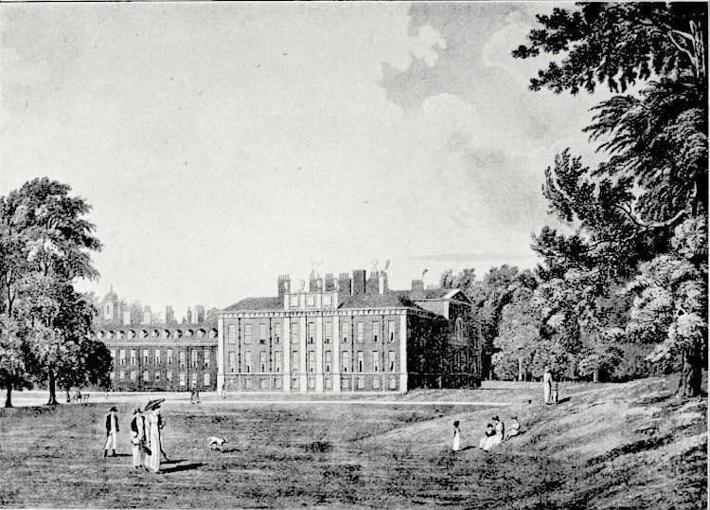
© south front of Kensington Palace in 1819, The Victorian Web
In 1819, Queen Victoria graced Kensington Palace with her birth, further solidifying the royal connections embedded in the neighbourhood. Kensington Palace became a witness to the milestones of the royal family, adding a touch of regal charm to the locality.
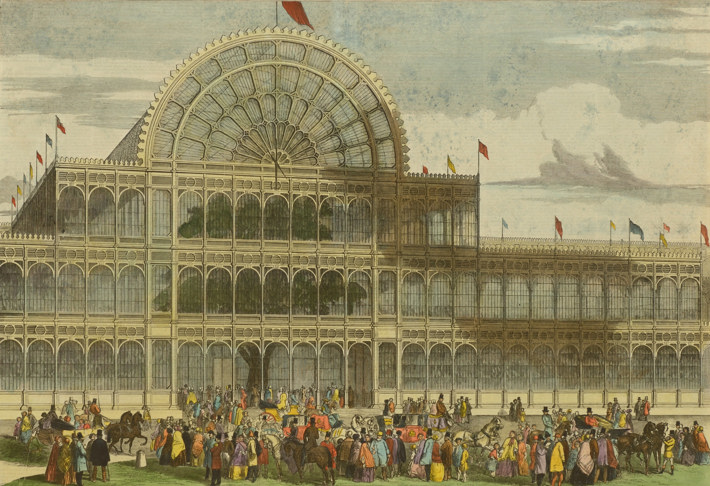
© The south front of the Great Exhibition, 1851, The Royal Parks
The Great Exhibition of 1851 marked the beginning of Albert's vision to showcase applied arts and sciences. The legacy continues with Kensington housing institutions like The Natural History Museum, V&A, The Science Museum, and Imperial College, transforming the area into a cultural haven.
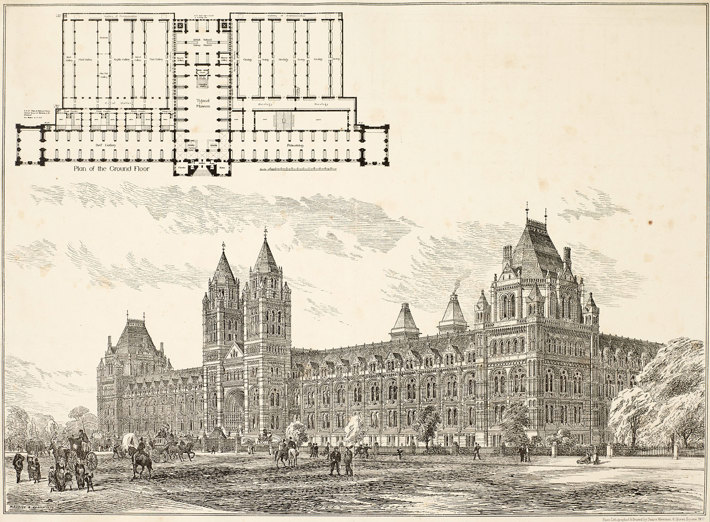
© Lithograph of Natural History Museum by Alfred Waterhouse, The Natural History Museum
Kensington's cultural landscape flourished with the opening of the Museum of Manufacturers (V&A), the Natural History Museum, and the foundation stone laying ceremony for the V&A by Queen Victoria in 1899. These institutions became pillars of knowledge, echoing the curiosity and intellect of the community.
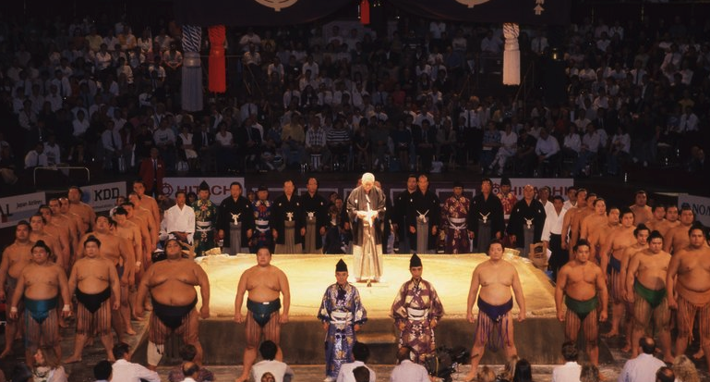
In a unique turn of events, Kensington played host to the first sumo wrestling tournament outside Japan in 1991, showcasing its global appeal. Simultaneously, The Natural History Museum gained independence from the British Museum in 1992, solidifying its identity as a cornerstone of natural sciences.
As The Milestone Hotel & Residences stands amidst the historical splendours of Kensington, it becomes not just a hotel but a living embodiment of the area's illustrious past. From royal residencies to cultural landmarks, Kensington's journey through time is a vibrant canvas painted with tales of opulence, innovation, and cultural richness. The Milestone invites you to be a part of this legacy, offering an experience that transcends the ordinary, allowing you to immerse yourself in the timeless charm of Kensington's history.
Contained within a trio of historic buildings in the heart of London’s fashionable Kensington, the Milestone is something of an undiscovered hospitality gem for many, but once discovered the hotel is never forgotten.
Discover more